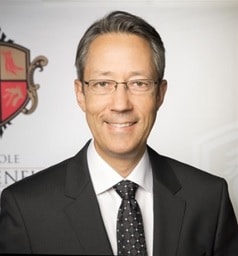CAN/ULC S131
It was recently brought to our attention that ULC has published a first draft standard – CAN/ULC S131 – “Test Method of Test For Fire Growth of Upholstered Furniture”. This standard, when published, will be a voluntary standard; nobody that we know of seems to plan on making it mandatory. This standard is quite similar to the California Technical Bulletin Cal 133 test standard that was published in 1992.
Cal 133 essentially implies burning a complete chair using an open flame gas burner while monitoring combustions parameters that are not allowed to get beyond prescribed levels. This standard is required in some jurisdictions for some specific applications. This standard that pertains to fire safety is often required with other chair performance standard such as BIFMA X5.1, BIFMA X5.4 as well as the most recent BIFMA X 5.11 and BIFMA HCF 8.2 (draft)
We prepared a comparison to help you assess the differences between the ULC-S131 draft standard and the Cal 133 standard:
| PARAMETER | CAL 133 COMPLIANCE CRITERIA (MAX) |
CAN/ULC S-131 COMPLIANCE CRITERIA (MAX) | |
| Peak of Heat Release Rate | 80 | kW | Same |
| Heat Released @ 600s | 25 | MJ | Same |
| Peak of smoke opacity | 75 | % | Optional |
| Weightlost @ 600s | 3 | lb | Optional |
| Concentration of CO | 1000 | ppm | Optional |
| Ceiling temperature rise | 200 | 0F | Optional |
| 4ft temperature rise | 50 | 0F | Optional |
None of the “optional” parameters have a compliance requirement; they would be for information only.
One might therefore think that if they already have a compliant set of test results for CAL 133 they don’t need to re-test. Wrong! Whereas you can deem a chair model to comply with Cal 133 by testing only one specimen and meeting all of the test criteria, in order to establish compliance to CAN/ULC S-131 – draft standard – as it stands today; you would have to test three samples and each of them would have to meet the CAN/ULC S131 test criteria. This requirement addresses the variability aspects of Cal 133.
What’s next? From what we know and from what is presently happening in the US right now; we do not believe much will happen when this standard is released as it will only be a voluntary standard at least for now. However with the trend of removing fire retardants from foams and fabrics used for chairs, because of their chemical toxicity, chairs might become more flammable than they used to be. Might this trigger the need to find other alternatives and validate using a standard such as CAN/ULC S131? Time will tell…
Micom is a third party industrial laboratory accredited by the Standards Council of Canada, CGSB and ISTA.
Disclaimer
All of the information and opinions contained in this blog are made with the information and the understanding that we have reviewed at the time of publishing. However, despite our efforts, we do not offer any guarantee of their accuracy, thoroughness of our investigation or validity. The author of this blog is not liable for any inaccuracies or any losses or damages that may result from the use of the information or data contained herein. This blog has not been reviewed or verified for its accuracy by any peer group associates prior to publication.


